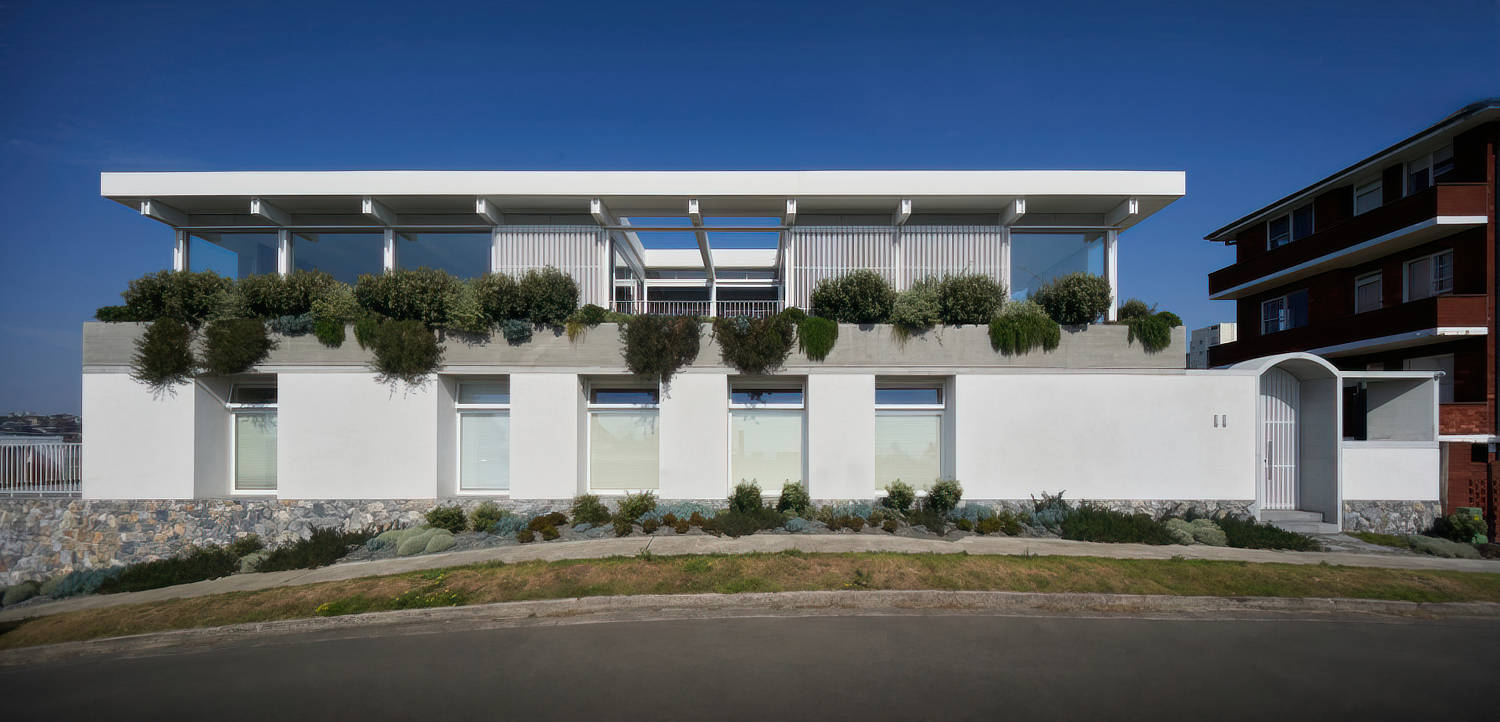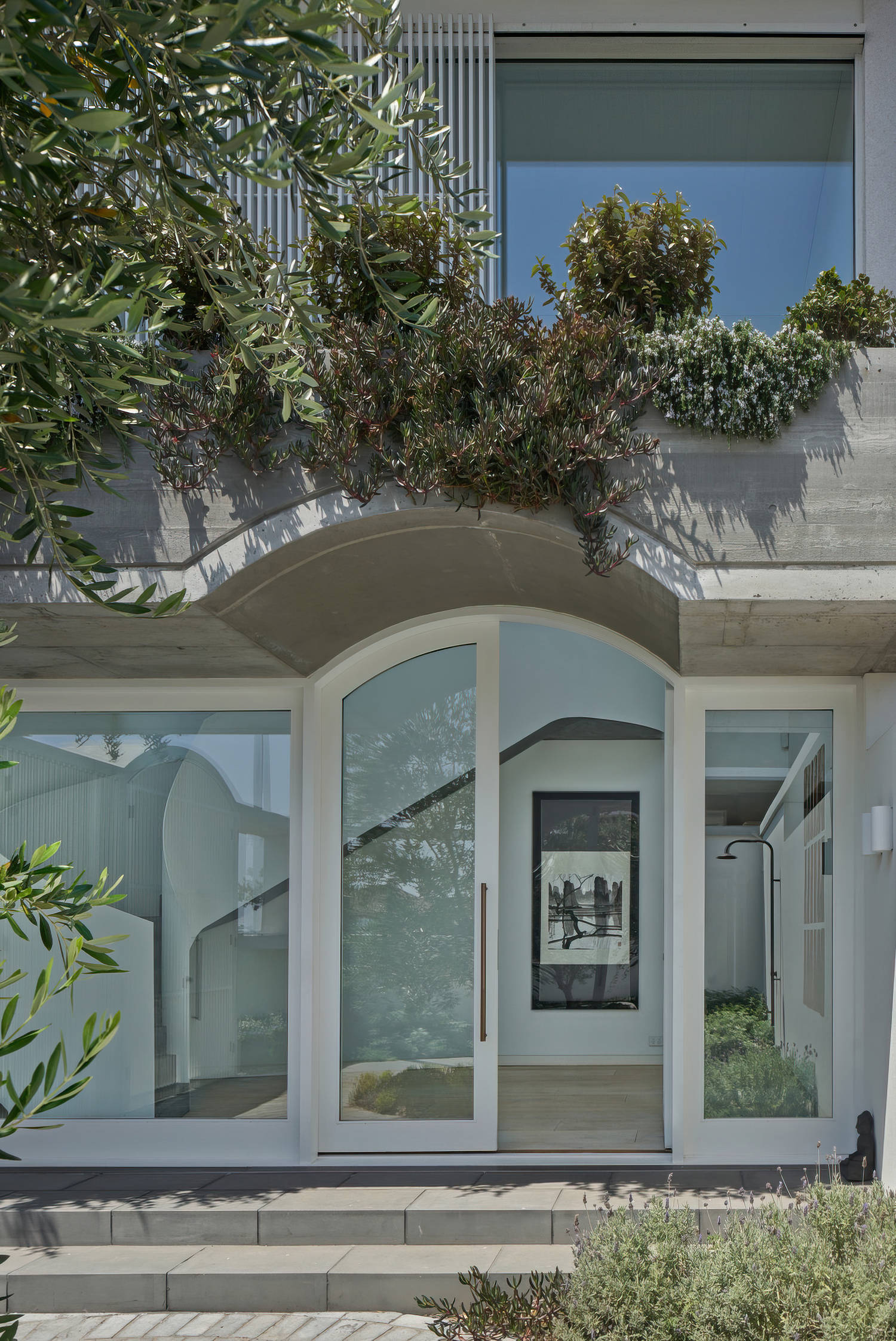As a country where 82% of the population live within 50kms of the coast its safe to assume coastal gardening plays a big role in the Australian gardening scene. Those that do try to have greenery flourish right next to the ocean will have encountered many difficulties not associated with standard back garden landscaping. Although having a garden by the sea is fantastic for stealing the natural landscape and making it your own view it does come with its drawbacks.
Salty air works like sandpaper on your plants leaves and when the wind gets up it shreds them to pieces, even on a still day the salt in the air can clog up leaves preventing the plant from breathing and growing. Of course, some plants have evolved to cope with these harsh conditions and are known as being either front line or second line salt tolerant. Front line salt tolerance are plants that can grow right up to the sea and seem to thrive the harsher the conditions get. Second line salt tolerant plants are those that need a bit of protection, perhaps a baffle in the form of another plant or some glass balustrading or even neighbouring buildings.
You’ll be able to tell salt tolerant plants by their leaves, they will have adapted to take the salt and heat in the air as well as a battering from the wind. Look for incredibly shiny leaves like coprosma (the looking glass plant), or tough and leathery ones like Indian Hawthorn (Rhapiolepsis) they may even be hairy like the Echium or silver such a teucrium. All these adaptations to the leaves are ways of shedding the salt from them and helping them to survive the coastal air.
If you set up your coastal garden with plants that have natural adaptations to the conditions, they will be much more likely to succeed and require less maintenance. I also find using larger drifts of one species of plant gives you dramatic effect to rival the view that is also lower maintenance as the drift can be cared for as one.
Coastal gardens also suffer from poor soils that dry out quickly and they don’t tend to hang on to nutrients particularly well either. To overcome this the easiest thing to do is to plant species that are tolerant of dry impoverished soils, however you can introduce large boulders and rocks to create bigger pockets of soil for planting into. Adding compost to the soil is also a great way to add nutrients and water holding capabilities to further expand your available plant palette. If you do this keep an eye on how quickly the water seeps into the soil as compost added to dry soils can lead to hydrophobia – which is where the soil gets a waxy coating from the bacteria in the compost that prevents water filtering through. If this happens adding a soil wetter will alleviate the issue and is also good horticultural practice for sandy soils.
It’s not just the plants and soil that need care in a coastal garden, the materials you use to build the garden with need to be hardwearing and suitable to the conditions as well. Rustic timbers and finishes work well in a coastal garden as when they continue to weather, they only get better whereas more polished finishes look tiered. Try to limit the use of metals as they degrade rapidly in salty air. Powder coating aluminium is a cost-effective treatment but not the most attractive, stainless steel will rust over time and I have found brass gets a delightful patina so is my choice if possible.


